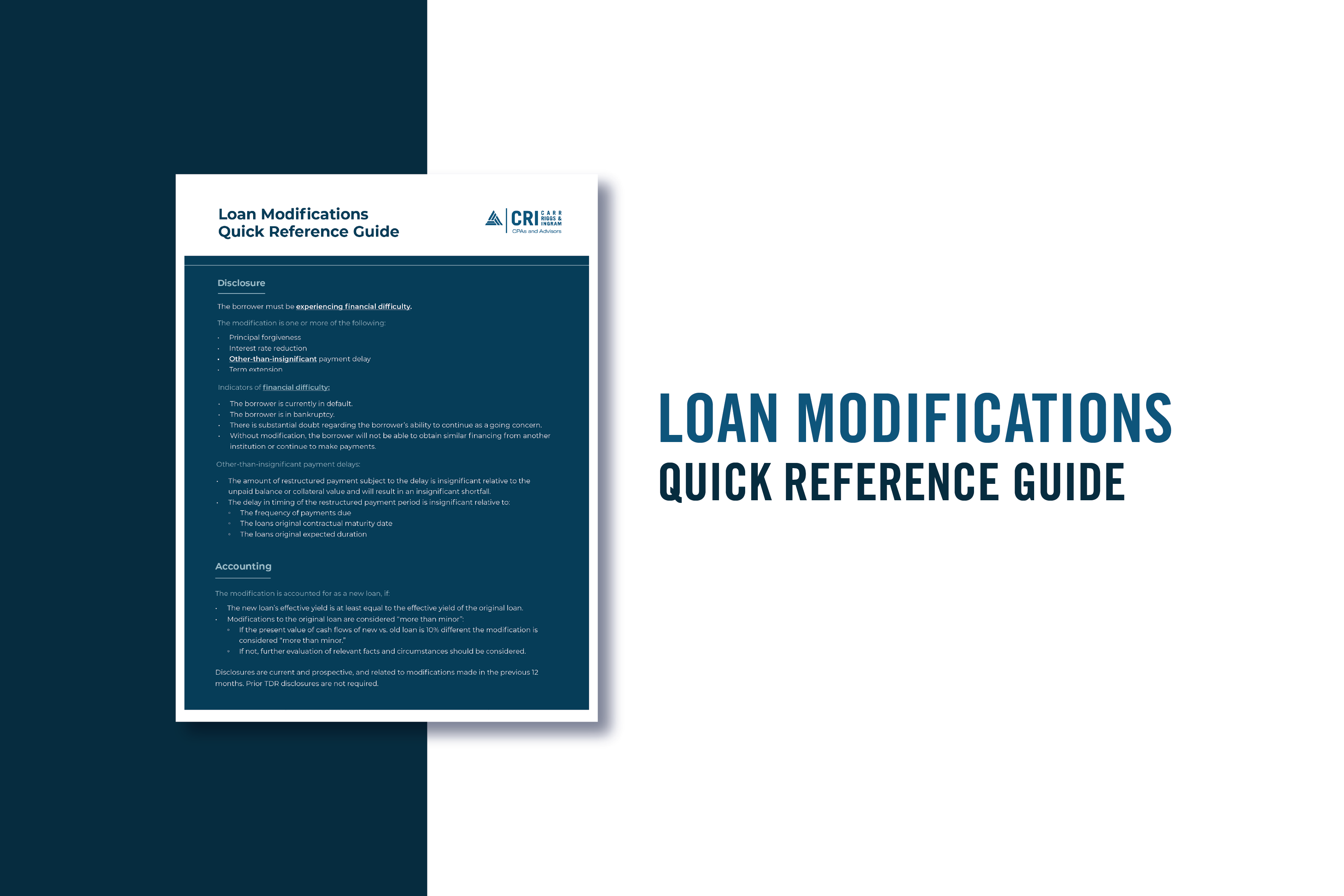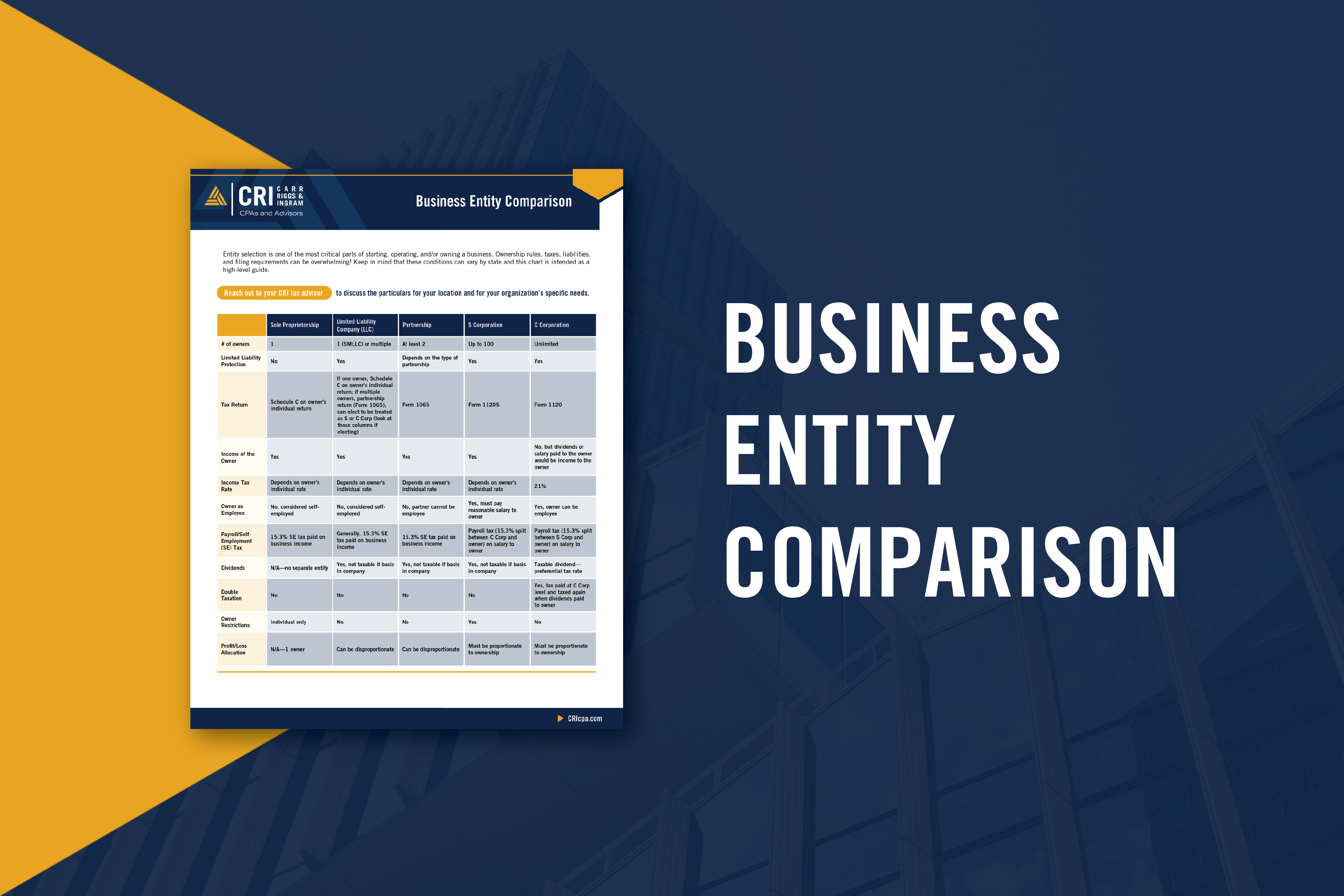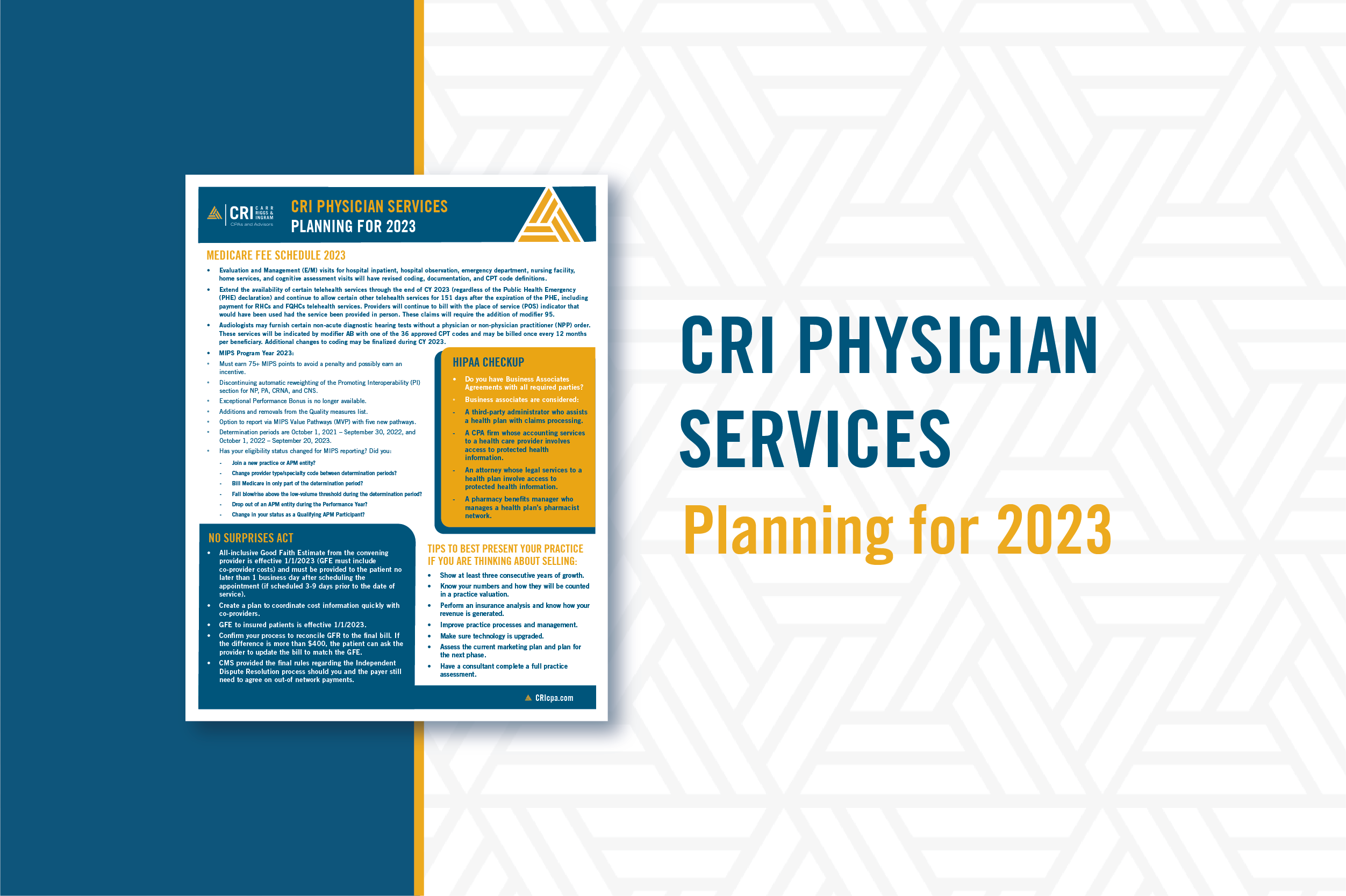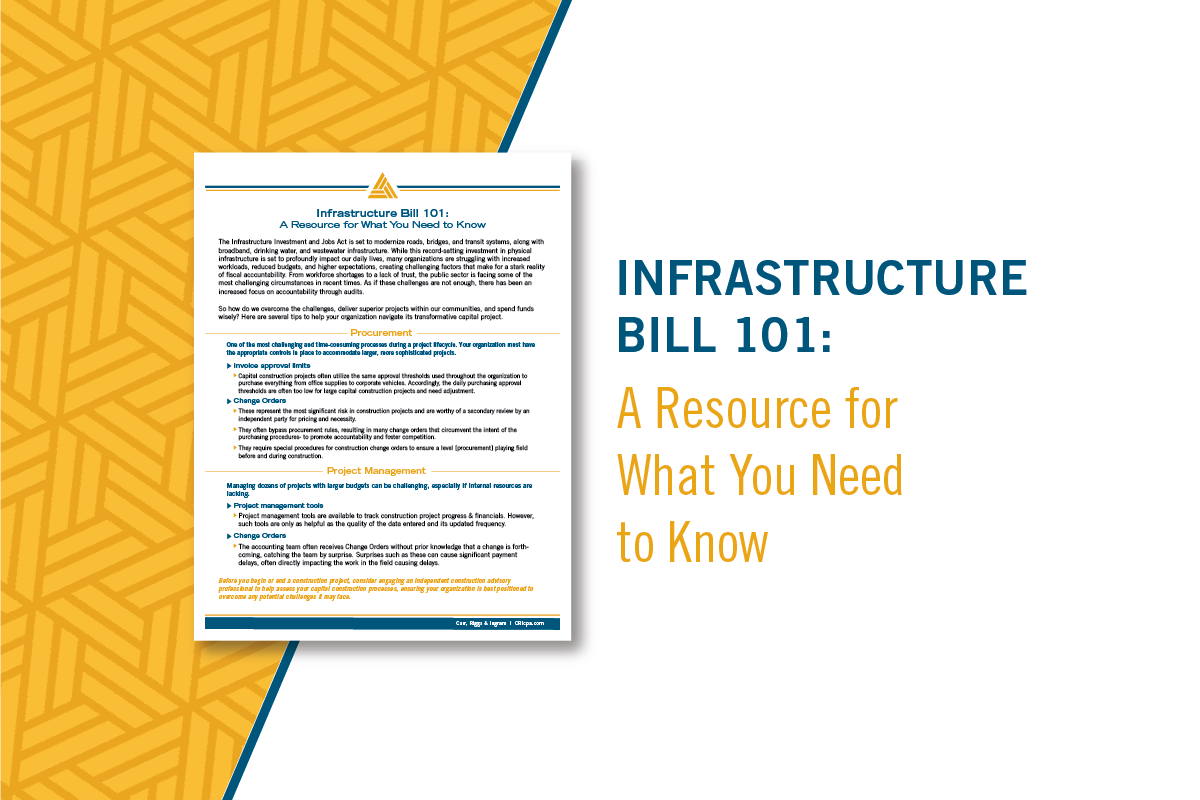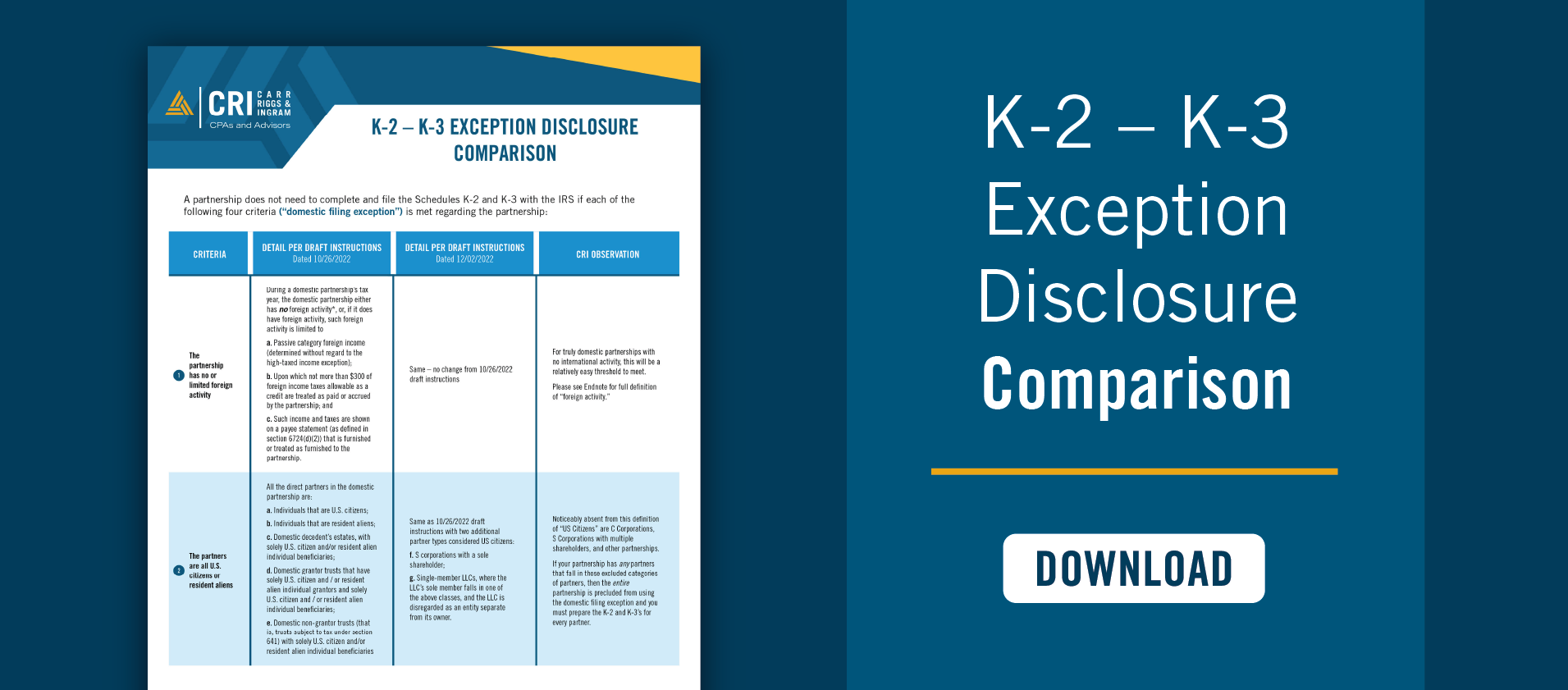Coloring Inside the Lines of Nonprofit Governance
- Contributor
- Lorri Kidder
Feb 12, 2021
"Stay inside the lines!" It's something we've all been told at least once in our lives. That advice doesn't just work for coloring books. It can also apply to nonprofit governance. One of the most common problems nonprofit leaders face is tension stemming from overstepped boundaries. In addition to making for some awkward board meetings, that tension can even go as far as jeopardizing the organization's mission.
The best way to prevent or resolve tension related to governance at your nonprofit is to clearly define the lines of board members' responsibilities.
Legally, members of the board have three obligations:
- Duty of care: Ensuring all assets of the nonprofit are put to good use.
- Duty of loyalty: Prioritizing the organization's mission, making decisions that are in its best interest, and disclosing any conflicts of interest.
- Duty of obedience: Ensuring the nonprofit isn't breaking any laws, is following its own bylaws, and is sticking with its mission.
But board members' responsibilities tend to go much further than that. They are also typically expected to:
- Create or review the mission statement
- Hire an executive director and keep tabs on their performance
- Help plan both long-term and short-term programs and review existing programs
- Set up committees, if necessary
- Assist in developing an annual budget and review financial information
- Spread the word about the organization
- Support fund-raising goals
- Recruit and select other board members, as needed
Of course, each nonprofit is different, so board members' responsibilities at your nonprofit will vary depending on your organization's particular needs.
One thing that board members should NOT control are the day-to-day operations of your nonprofit. That is the duty of the executive director. Many a well-meaning board member has offered opinions on staffing, employee activities, and even office décor, but that input steps on the toes of the executive director and can confuse staff.
When board members begin coloring outside the lines, it can make for an uncomfortable situation for all involved. Here are some ways to prevent overstepped boundaries and resolve existing problems with board members.
Create a strong orientation program for new board members
When a new member joins your board, they should be trained on how the organization functions from top to bottom. They should be given a clear explanation of their duties and responsibilities. Requiring that they sign off on a list of duties (with a side-note about steering clear of day-to-day operations) can help keep boundaries from being crossed.
Review the bylaws
You might be worried about confronting an offending board member because they may also be a major donor to your nonprofit or an important member of the community. A delicate way to remind them of the boundaries is to schedule a review of your bylaws. Even if your organization hasn't dealt with an overstepping board member, regularly reviewing the bylaws can be helpful for all board members and prevent future overstepping.
Stay educated and up-to-date
Take advantage of nonprofit training programs offered by state associations and other organizations to learn how to keep your nonprofit successful. Those programs will likely review governance responsibilities and boundaries for board members.
Consider term limits
Some nonprofits have found that the best way to maintain a motivated and well-functioning board of directors is to limit the number of terms a board member can consecutively serve at the organization. Limiting the amount of time a board member can serve can prevent burnout. It can also keep board members from feeling a sense of ownership over the organization and its day-to-day operations, minimizing overstepping boundaries.
To learn more about maintaining healthy boundaries in nonprofit governance, reach out to one of CRI's professionals today!























































































